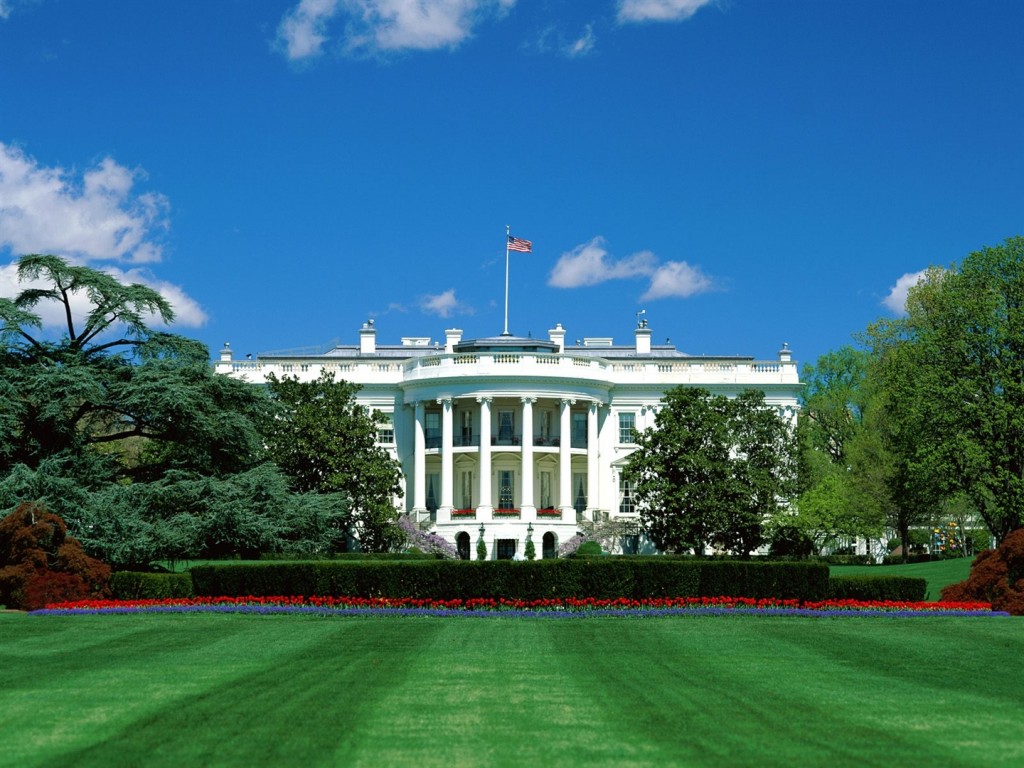Down and Out in America

May 31st, 2013

In today’s barrage of natural disasters, domestic terrorism, and mass violence, Americans are demanding a better safety net. Primarily, they seek refuge from the 45.6 million people suffering from mental illnesses, including the 8 million that meet the criteria for substance abuse disorders. Tragically, America’s broken mental health-care system may actually be making the problem worse, and due to the Great Recession, the fiscal cliff, and sequestration, the same economic and social barriers prevent America from recovering.
Part of the problem is that we know very little about mental illness, much less how to treat it effectively. We do know that emotional mental disorders are a leading cause of disabilities worldwide. But in the last year, the most common treatment method in America—used by 26.8 million adults—was prescription medication. (The second most common was outpatient rehabilitation, which is often court-mandated.) At a time when prescription drug overdoses kill 100 people every day in the US, this seems irresponsible.
Though America spends more than almost all other countries on mental health services ($113 billion, annually), access to mental health care is worse than most other medical services: 89.3 million Americans live in federally-designated “Mental Health Professional Shortage Areas.” Even with expansions to the provisions of Medicaid and Medicare in some states, most Americans pay for mental health services through private health insurance (37.9 percent), followed by self-payment or payment by a family member living in the household (33.7 percent), then by Medicare (15.2 percent), then by Medicaid (11.9 percent), or an employer (7.1 percent).
Those without insurance and who aren’t covered by federal programs are left with no way of receiving mental health-care services, so the treatment of the mentally ill shifts toward other places in the health-care system: the sickest patients end up in jails, emergency rooms, and homeless shelters. In 2011, 4.9 million adults who needed treatment did not receive any mental health services in the past year, with an astounding 50.1 percent who were unable to afford care.

The chart above illustrates many stigmas that prevent people from receiving professional mental health care. Personal stigmas, such as the belief that one does not have time for treatment, that one can handle the problem without treatment, or that treatment would not help, prevent most people from getting treatment. Social stigmas, such as the belief that one’s neighbors or community will have a negative opinion or that treatment may have a negative effect on one’s job, keep certain at-risk demographics—including women, LGBTQ individuals, and Native Americans—from receiving mental health care. This indicates not only a need for new attitudes surrounding mental health care, but also for specialized treatment of these unique groups.
The good news is that effective mental health-care services actually pay for themselves over time, as certain states are discovering. By addressing mental health issues before they can develop into more serious compulsions and behaviors, we can prevent future problems years in advance and become a healthier, more emphatic society.
Ray Lumpp, Editor
AllTreatment.com
Source
- http://www.cdc.gov/homeandrecreationalsafety/rxbrief/
- http://www.washingtonpost.com/blogs/wonkblog/wp/2012/12/17/seven-facts-about-americas-mental-health-care-system/
- http://samhsa.gov/data/NSDUH/2k11MH_FindingsandDetTables/2K11MHFR/NSDUHmhfr2011.htm#Ch2

